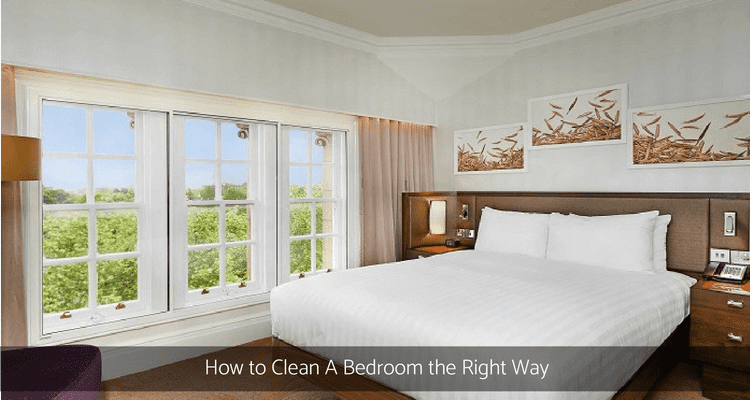When’s the last time you cleaned your bedroom? We mean really cleaned it. Could it be that your room is in need of a good declutter, tidy and clean right now, and you’ve been putting it off because—let’s be honest—cleaning your bedroom isn’t nearly as fun as relaxing or sleeping in it?
Look, we all procrastinate from time to time. We’re only human. But here’s the thing: if you’re not cleaning your bedroom on a regular basis—and the right way—there will come a day, sooner rather than later, that you simply can’t breathe in your bedroom because it’s too polluted. And then what’s left? Sitting next to a fan or an air purifier?
There’s a reason cleaning is one of our 3 Cs of indoor air care along with circulation, and comfort. With the right equipment and a little elbow grease, you can declutter, dust, and vacuum your way to a fresh clean room in no time.
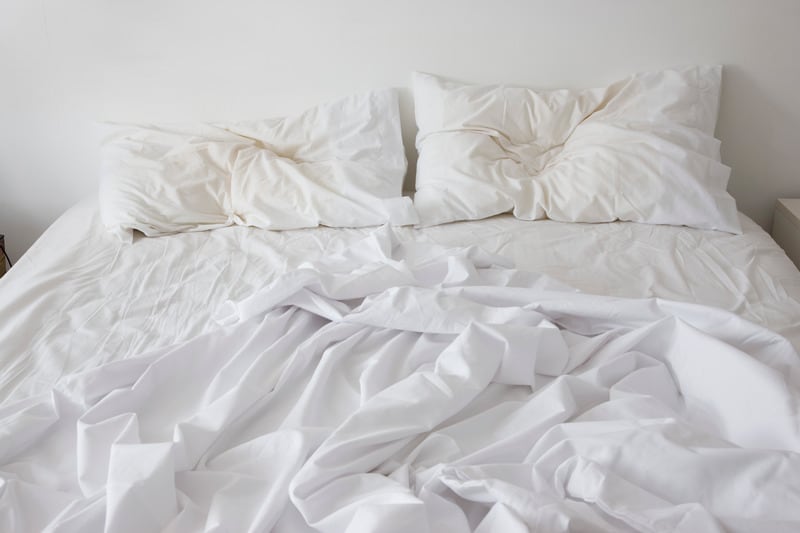
Why Do You Need to Clean Your Bedroom?
Right now you’re probably thinking, why do I have to bother with tidying, dusting or vacuuming my bedroom when I open windows or add cleaning chemicals to the air? It’s a great question, and we have an answer.
Think of it this way. When you cook food in your pot, you put in some butter and oil to start, food and more food, stirring spoon, right? But does your pot stay clean for ever? Of course not. Pots and spoons are meant to be cleaned, not reused over and over again at each meal time. After a while, you’ll start to see build up and unsightly food bits where you filled the pot up to and on your spoon.
And then, because your pot walls and base stay baked on with food remnants much of the time, it’s possible mould will start to grow in there. If you don’t clean your pot regularly, you’ll be eating from a petri dish after a while. Won’t that be fun?
HOW TO
Basic Indoor Air Science 101
Practicing proper indoor air science is important and easy. This article provides you everything you need to keep your indoor air clean and fresh.

It’s the same for your room. Aerosols, plug-ins, incense and other chemicals help keep your air clean and yes, to a degree, air purifiers and dehumidifiers also help keep the air and surrounding areas of your room clean too.
But chemicals won’t keep dust and mould and dust mites out of your air, nor will they keep the walls and floor of your room clean forever. So no excuses. In addition to using ventilation or other chemicals to keep your room clean, regular, thorough decluttering and tidying and cleaning is also absolutely necessary
HOW TO
No Chemicals Cleaning
Are you tired? Sick? Overweight? Do you experience hormone imbalance, or struggling with infertility? Are you, or someone you love, suffering from thyroid disease, chemical sesitivity, or cancer? Concerned about EMF exposures? Or just want to create a safe, healthy home, prevent disease and improve your family’s health and wellbeing?

Bedroom Cleaning Equipment
Before you get started, you’ll want to make sure you have all the necessary tools on hand. Having the tools you need will make bedroom cleaning much easier on you. And if it’s easier, you’ll be more apt to do it more often. Come on, give it a go.
So head out to your cleaning cupboard and take note. And if you’re new to cleaning your bedroom, maybe you’re just not entirely sure what bedroom cleaning equipment you need. Don’t worry—we’ve got you covered.
Vacuum Cleaner
The multi-purpose item for bedroom cleaning! You can attach a power head to the end of a pole if you have carpet. Soft haired, wide nozzle brush for hard surfaced floors or long haired brush for those hard to reach spots. Simply a recommendation.
As its name suggests, a vacuum cleaner can be versatile to a number of surfaces. We recommend buying a HEPA filter vacuum cleaner that has a power head. That should allow you to clean the floors, the top surfaces of bedding, lounges, armchairs, wardrobes in the bedroom when necessary
PRODUCT:
Buy a vaccum
For more than eighteen years we have been supplying specialist Filter Queen and Defender servicing as well as supplying filters, accessories and parts.
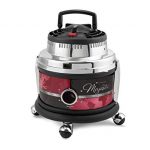
Microfibre Cloth
This is one of the tools you’ll probably use more often than any other. A microfiber cloth allows you to collect debris that’s accumulated on the hard surfaces. Dust, bacteria, cockroach parts, pet hair and saliva, crumbs — all of them can be collected up in a microfiber cloth.
You have two options when choosing a cloth: a dry cloth, or a damp cloth. We recommend the damp microfibre cloth because it’s easier to clean off the debris you collect in the wash. While a dry microfiber cloth may hold more over the clean, it’s a pain to dust it outside, especially when it’s raining.
Also, buy a microfiber floor cleaner. As is true with almost everything, cheaper ones tend to wear out often, and you’ll just be wasting money by having to replace them often
PRODUCT:
Microfibre Cloth
Probably the one item you will use most of all, a microfiber cloth will let you easily remove dust, dirt and even sponge up water in a flash. After all, no one wants to breathe in air that is filled with floating dust particles or potential mould. So pick up a microfiber cloth and start removing those contaminants as you work to keep your indoor air clean once the cleaning week hits.
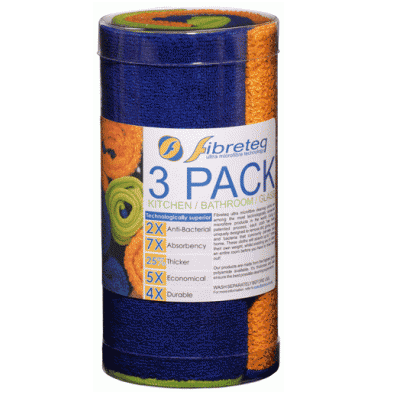
How Often to Dust Your Bedroom
Here’s where you can stop a problem before it starts. To prevent dust from sinking to the bottom of your carpets and bedding, dust the hard surfaces weekly. This will also make vacuuming easier.
Soft Brush and Microfibre
Break out that pole again. Once you attach a soft haired, wide nozzle brush to it, you can vacuum your bedroom’s walls and floor, removing surface dust, and detaching cobwebs before they can really take hold and are coated with dust. But what kind of brush should you use?
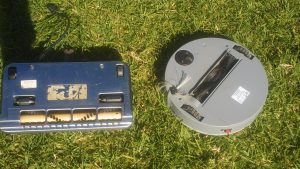
In order to answer that question, we must ask another: What does your room area consist of? The crevices of room design will determine the type of brush.
- Hard surfaces: Use a brush which is wide nozzle and short bristles.
- Corners: Use a small brush which is small with long, soft bristles.
- Crevices: Use a crevice tool which is long and narrow nozzle, no bristles.
- Fabrics, furnishings: Use a power head with short bristles close together on a rolling brush only.
Just like microfiber cloths, it’s wise to purchase a heavy-duty power head since you’ll be using it frequently, and cheaper, spaced apart bristles tend to break and are very inefficient due to, well, cheapness.
How Often to Brush Your Bedroom
At least once a week the floor, brush the corners of your room at least every month and walls, every year. Be sure to get into every nook and cranny possible to brush away any lurking dust, cobwebs and surface mould formations. Brushing will push the mould spores into the air, using a damp cloth is easier, slower, yet healthier to get rid of it by washing and reusing.
Note that if your room has developed a serious mould problem, brushing isn’t going to remedy it. You’ll need to take more drastic steps to get rid of mould by stopping it and addressing the trigger.
Room Vacuum
What’s the first thing you’ll need? You guessed it—the good ol’ pole. Then add just a few more things: a vacuum power head; a vacuum hose; and a vacuum barrel.
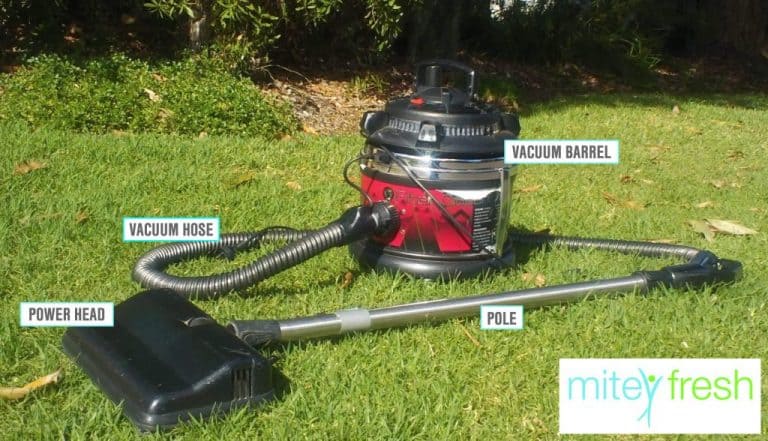
How Often to Vacuum Your Room
Unless it’s warranted more often, it should be enough to vacuum your room about every week. Check out How To Vacuum Your Room Professionally
Note that vacuuming a room can be pretty labour-intensive, especially if, say, you’re cleaning the room after a big week of kids or visitors, and your room floor looks like a dirt pile.
There may be times when a manual vacuum can come in handy, but may we recommend you consider investing in a robotic vacuum or treat yourself to a professional cleaner with the right equipment once a month to make your life easier.
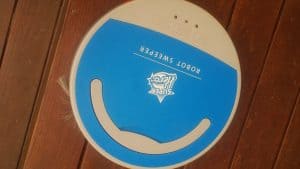
Robotic Room Vacuum
What’s this? A robot that will clean your rooms for you? Yes, please! OK, it can’t do all the cleaning, but it can sure do a lot of it. If you’ve never seen one, a robotic room vacuum is a small, self-contained unit that essentially rolls around your floors sucking up debris while you put your feet up.
The only downside to a robotic vacuum is they leave tiny particles behind and cost of parts. They’re less expensive than suction vacuum cleaners (unless your suction cleaner requires extra features), and cost less to repair should anything go wrong.
Our recommendation is to buy a high-quality robotic room vacuum with a good warranty.
HOW TO:
How To Clean Your Room The Right Way
No one wants to sleep in a dirty, dusty room! Learn how to clean a room the right way, and keep it clean, fresh and breathable at all times.
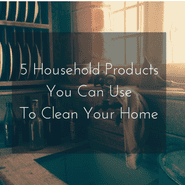
Declutter
Clear out what you don’t need, what you don’t use, and relocate or pack away what you do need and do use. It’s much better to spend a few minutes tidying, feel motivated to do all the room, not be burned out by the process.
Once you have decided where something is going to go, take it there. Do it now! Finish the process. Take the bags and boxes out to the garbage or recycling now. If you’re donating something or giving something to a friend, put the items in your car or make arrangements for dropping them off. Don’t let clutter choke your environment and health.
Air Purifier
This system functions similarly to a room vacuum. An air purifier sucks in air, either attaches to your wall or stands in your room. As the air purifier draws in air, it is filtered through the system.
For this reason, accredited air purifiers. The potential clogging to your filter should the cleaner pick up something like smoker’s smoke or paint fumes, isn’t worth the risk.
PRODUCT:
Air Purifier
E20 PLUS includes an additional final stage 6kg carbon filter for applications requiring heavy duty chemical & odour removal. Excellent for removing pollution from main roads, smoke and mycotoxins produced by mould spores.
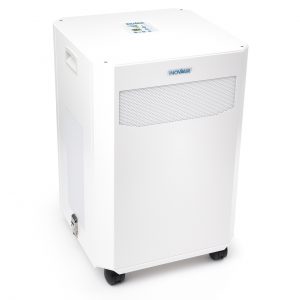
Carbon Filter in Air Purifier
Importantly, this part works to clean the room with the help of the clean, fresh air coming from your filter system. A carbon filter attaches to your air purifier, and creates an air clean that captures gases and fumes into its fibres. Once the room’s air is clean, you just have to change the filter.
While this isn’t as risky to your filter system, it’s still not as effective or ideal a solution as dusting and vacuuming your room to keep as much debris as possible out of your filter in the first place.
Additional Room Cleaning, No, You’re Not Done Yet!
Cleaning the room is only half the job. After you go to all the trouble to declutter, tidy, dust, and vacuum your room, what’s the last thing you want? A bunch of dirt, chemicals and other debris to make its way into your air because you’ve neglected to clean the entry points. Don’t let all your hard work go to waste.
Building Entry Points
Just sweeping or hosing down is good enough most of the time by keeping your entry areas, front and back doors, clean isn’t only about removing visible debris. In addition to cleaning it, you’ll sometimes need to get rid of algae and moss, or need to repair pathways.
Even if you use essential oils in your room to keep the air clean, those oils dissipate over time, which is why you need to add them on a regular basis.
And once the air is extracted out of your home and into your yard, the sanitizing chemicals will not only dissipate, but evaporate, meaning your outdoor air can become contaminated with fumes and gases if there is not enough exterior air flow to blow it away.
Let it go long enough, and those kinds of particles accumulate, which means your entry points aren’t just dirty, they’re toxic.
For removing and cleaning, you have a couple of options. You can buy a broom to sweep outdoor surfaces, which usually comes with a dust pan if you live in a unit. Or you can use entry door mat, which collects dirt from your shoes and feet. Or you can use an indoor mat which prevents dust from your entering your space.
Of course, if you have many entry points like a large deck, hand-brooming it could take you all day. To make deck cleaning really easy, consider investing in a broad head broom. Or you can just use a high-pressure nozzle on your garden hose. Note to hose on a dry, low humid day.
PRODUCT:
Door Mats
Choosing the right door mat will help reduce the dust entering your house. To help you out, we have done some research and found these that will do the job.

Air Purifier Filter
No matter how much you tidy, dust, or vacuum, if your HVAC system or air purifier filter or dehumidifier is dirty, your air is dirty.
The method you use to clean your air purifier filter will depend on whether it’s a HEPA filter or an Activated Carbon filter, Mechanical or electrostatic filter, Photo Catalytic or a Negative ioniser.
Regardless of the type, clean or replace your filter on a regular basis, and keep an eye out for debris between cleanings.
You’re Ready To Be Your Own Bedroom Cleaning Pro!
We don’t have to tell you what a misery it is to be all ready to relax and sleep only to find the room full of dust, and not have a microfiber cloth handy.
Now that you know what you need to keep your room and its surrounding area clean, you can make sure you have the right tools and methods on hand so your bedroom is always clean, ready, and waiting for you.
One step at a time 🙂
Towards healthier living Carol Parr ♥
As Building Biologists, we have acquired knowledge of adverse health effects and recommend effective strategies to reduce occupants’ exposure by eliminating and controlling as many sources of pollutants in order to create healthy indoor living environments that are as exposure-free and natural as practically possible.
We cut out all the fluff and confusion of indoor air maintenance and stripped it down to the bare bones.
Author
-
We’re glad you’re here. We’re Carol and Tony, founders of one of the longest running Healthy Home Blogs in the world, Mitey Fresh Australia. We’ve been on this journey for the last 25 years and are passionate about helping families sift through health hazards and triggers like allergens, mould, water damage, chemicals and EMFs, to get clarity about what’s toxic and what’s not so they can create a healthy and happy home for their family they love. Each month, people visit this blog seeking focus on the health and wellbeing of their loved ones, sustainable and effective practice tips and guides, to help create and manage healthier indoor spaces, improve the built environment that is pleasing to the senses and support healthy living and nature, every day. Starting this blog was to help change people’s lives, one family at a time, and we can’t wait to share how its allowed us to stand next to you and show you how interpreting these synergies between buildings and the environment they are built in will impact upon the health and well-being of those who occupy them. Find out more about Healthy Homes and what this blog can do for you!

